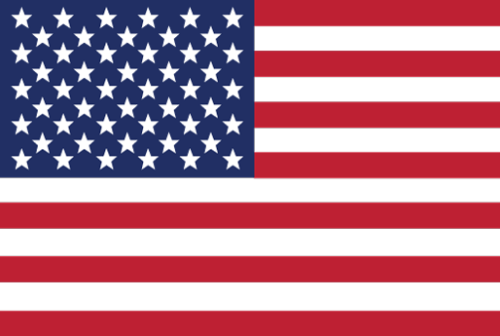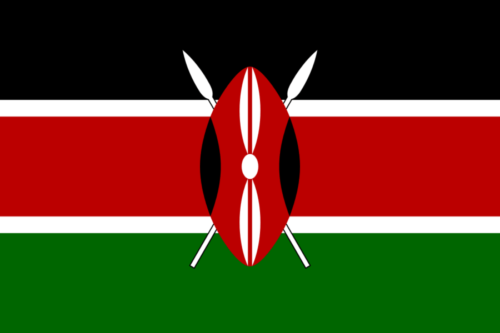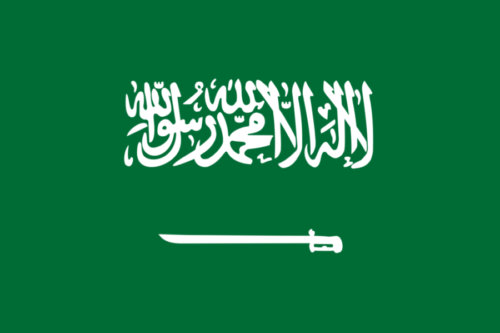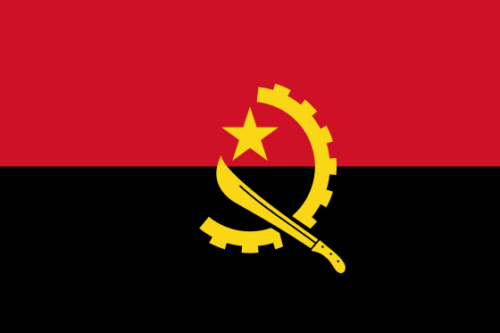10 curiosities about the flags of the world

10 curiosities about the flags of the world
Flags represent the history of a people, its tradition, its culture.
It is the means of communication par excellence, an instrument that has practically not changed in over a thousand years of history.
Throughout this time, the flag has continued to communicate the message entrusted to it, from belonging to this or that particular group, to national belonging, to the point of becoming, nowadays, a powerful marketing tool.
With this article, we want to pay homage to the flags of the world, introducing you to 10 curiosities that you may not know!
Curiosity 1: The flag in the Constitution
That’s right, the flag has acquired such importance that it has allowed it to enter the Constitution of practically all the countries of the world.
In Italy, the last article of the Fundamental Principles, the first 12 articles of the Constituent Charter, is reserved for the Tricolor.
Article 12 is the one that describes our national flag: “The flag of the Republic is the Italian tricolor: green, white and red, with three vertical bands of equal size”.
And the colors are not just any green, white and red: they are well specified as fern green, bright white and scarlet red, three words of the Pantone code.
Curiosity 2: The same flags
Each country has its own identifying flag. But it is not uncommon to come across flags that are completely similar even though they belong to countries that are very distant from each other, both geographically and historically. Here are some curious similarities.
This is the case of Liechtenstein and Haiti which, at the 1936 Berlin Olympics, found themselves with exactly the same flag.
After this expedient, Liechtenstein decided to change its banner the following year, adding a crown in the left corner.
We can report the same example with 3 other flags, completely similar but representative of very different countries.
Let’s talk about the flags of Indonesia, the Principality of Monaco and Poland.
The first two are substantially identical, differing only by the length of the bands: two horizontal bands with red on top and white on the bottom.
That of Poland, on the other hand, has inverted colors: white at the top and red at the base.
Likewise, the flag of Chad and that of Romania also feature a very similar flag: three vertical stripes, blue, yellow and red.
The difference is in the shade of blue: in the flag of Chad, blue is officially indigo.
And to think that the indigo color of the Chad flag has been replaced with the green previously present to avoid confusion with that of Mali.
Similar flags also have Holland, Luxembourg and Russia. All three different flags have the same colors: blue, white and red.
Netherlands: have a flag of three horizontal stripes, in order from the top: red, white and blue. It’s the one that inspired the Russian flag.
Russia: When Peter the Great visited Europe in 1699, he took inspiration from the Dutch flag for the design of the Russian flag: three horizontal stripes, in order, white, blue and red.
Luxembourg: draws its colors from the coat of arms of Luxembourg, depicting a lion with five blue and five white bands surrounding it. From here, the national flag took on three horizontal stripes, in order, red, white and blue. It differs from the Dutch flag in that it is longer in length and has a lighter shade of blue.
Curiosity 3: Flag with a particular shape

bandiera nepal
Nepal is the only country in the world to have a very distinctive shape of its flag. It is in fact composed of two triangles and takes inspiration from the typical pagoda roofs. This flag is the only one in the world that does not have a rectangular or square shape.
Trivia 4: Flags have rules
Anyone who wants to display institutional flags must obey very precise rules.
National flags must be hoisted after sunrise and taken down before sunset. At night they can only be displayed if the area in which they are present is well lit.
The display of the flag is dictated by the Italian Constitution and has very clear rules: the Tricolor takes precedence over other flags and the place of honor is reserved for it.
Curiosity 5: Flag at half-mast
Flag etiquette states that, on special occasions, the flag must be hoisted at half-mast, as a sign of mourning and deference.
In Italy, the flag at half-mast is called “abbrunare” and is approved by the Government and issued by the State Ceremonial Office of the Prime Minister. In these cases, only the national banners are browned: while for foreign banners, approval must be sought from the represented country.
The Italian Protocol states that, even in the case of a flag at half-mast, the banner must first be raised to the top and then lowered slightly. Same procedure also for the evening lowering: the flag is first hoisted to the top and then lowered.
Extra Trivia: In the world, there are some banners that cannot be displayed at half-mast, such as the flag of Saudi Arabia.
Curiosity 6: People in the banner
The Belizean flag is the only flag that has two people in it: one holds an axe, the other a club.
Curiosity 7: Terminology
The pole on which the flag is affixed is called the flagpole.
The part of the flag that flies (therefore the one opposite the flagpole) is called the leaf, while the part closest to the flagpole is called the luff.
Length: indicates the long side of the flag.
Width: indicates the short side of the flag.
Rope: used to hoist the flag using a pulley. it can be inside or outside the flagpole.
Cleat/Bollard: device for winding and fixing the rope.
Tip: it is the decorative element placed at the top of the flagpole.
Curiosity 8: The names of the flags
Some national flags have official names.
United Kingdom. The official name is Union Jack and the origin of the name is not clear. Jack in English can mean several things: in the nautical field it is the bowsprit flag; in the daily glossary it can also mean “friend”. Still other sources suggest that Jack comes from the Latin name of James VI (Jacobus), king at the time of the unification of Scotland and England.
The Union Jack is made up of three different designs, signifying the union of territories: the Cross of St. George, the flag of England; the St Andrew’s Cross, flag of Scotland; the Cross of St. Patrick, the flag of Ireland.
United States. The US flag is known as the Stars and Stripes, it has 50 stars representing the member states and 13 vertical stripes representing the original colonies.
Spain. The Spanish flag is also known as Rojigualda, it is divided into three horizontal bands red, yellow and red with the yellow part being twice the size of the red. The Spanish coat of arms is provided only in the military flag, while on the civil one it can be placed at will.
Japan. Known as Nisshoki (“Disc-shaped Sun Flag”) or Hinomaru (“Solar Disc”), the Japanese flag features a white rectangle with a large red disk in the center representing the Sun.
Curiosity 9: Weapons in flags
Symbols of peace, hope and belonging are usually used in national flags. On the other hand, banners containing references to violence or war are rarer.
Mozambique. The flag of Mozambique consists of three horizontal stripes in order, green, black and yellow interspersed with small white lines. On the side of the leash, there is a red triangle with a yellow star inside, a white book (representing the importance of education), a black weapon (an AK-47 to be precise, a symbol of the struggles for the defense of the country) and a black hoe (representing agriculture).
Kenya. The Kenyan flag consists of three horizontal bands of black (representing the African population), red (representing blood) and green (representing the landscape), separated by two white stripes (symbol of peace). In the center there is a Masai shield with two crossed spears to represent the will of the people to defend freedom.
Saudi Arabia. The national banner consists of a green background, the Shahada (Islamic declaration of faith) in white and a sword, a symbol of military power.
Angola. It has two horizontal bands, red and black with a cogwheel (symbol of industry) and a machete (symbol of armed struggle) in the center.
Curiosity 10: Guinness flags
Flags, as we know, have been around for millennia.
However, the flag of Denmark has been entered into the Guinness World Record for being the oldest institutional flag. The current formation of the flag is a white Scandinavian cross in the center with a red background.
The flag of Denmark was officially adopted in 1625, just as we see it today.
Another record-breaking flag is the one that flies in the United Arab Emirates. It was hoisted in 2017 and measures 2448 square meters!
Here we are at the end of this long article on the curiosities of the world of flags!
How many of these did you know? Do you have other curiosities to report? Let us know on our Socials!
If you liked these curiosities, share the article!

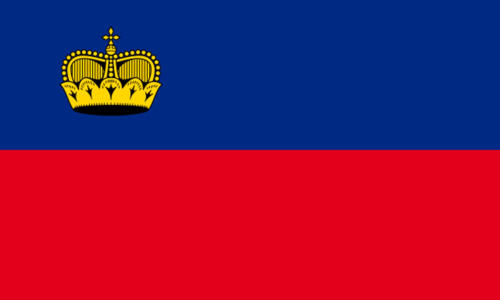
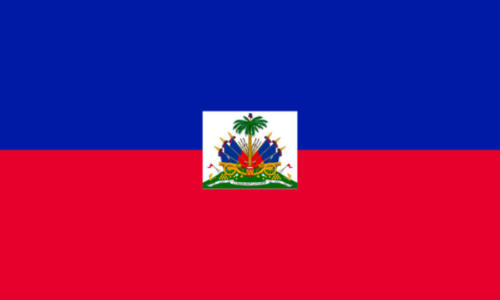




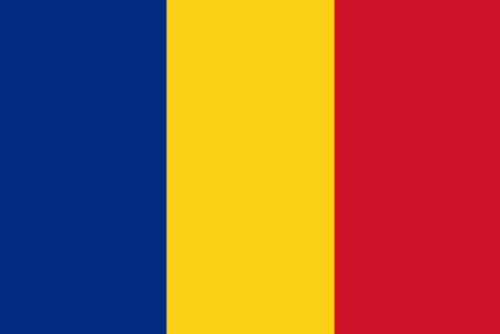

.png?bwg=1602678401)

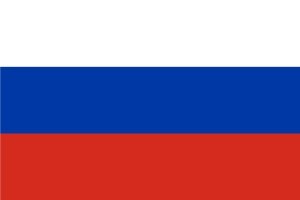

.png?bwg=1602680196)
